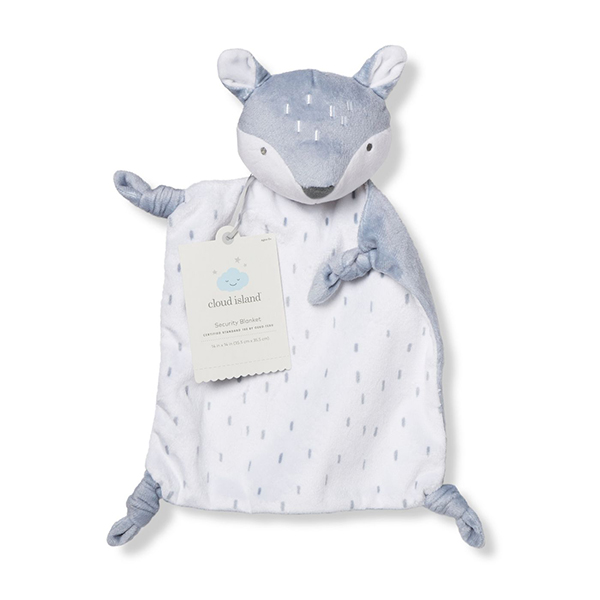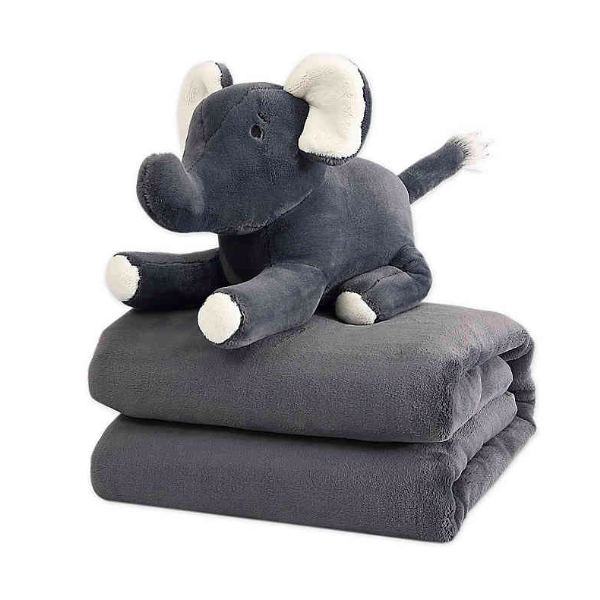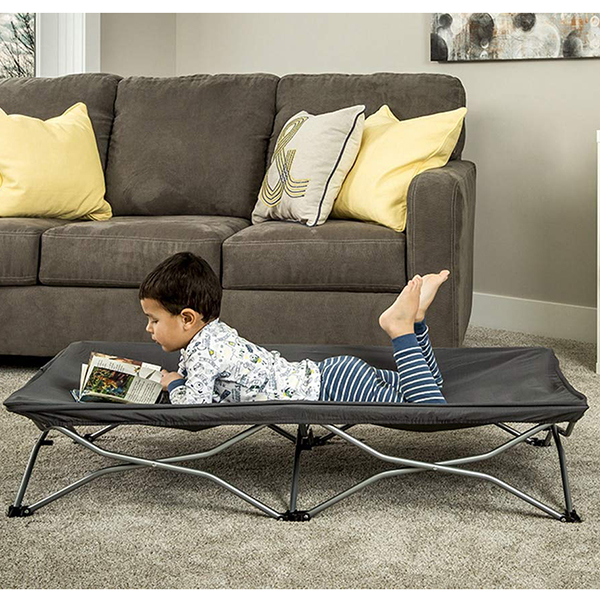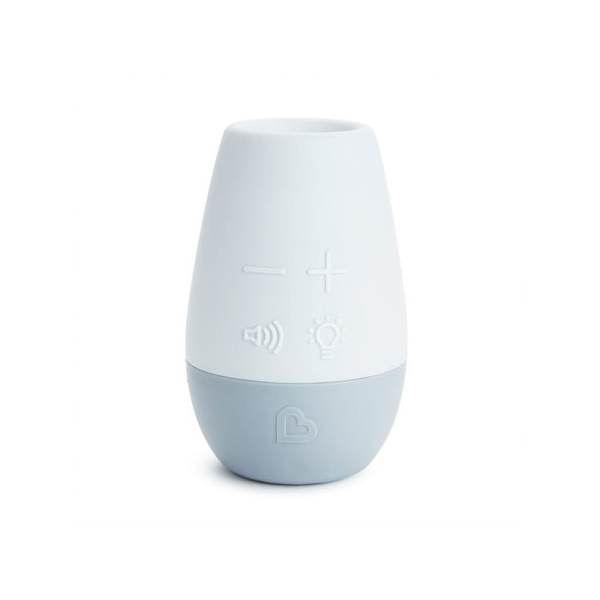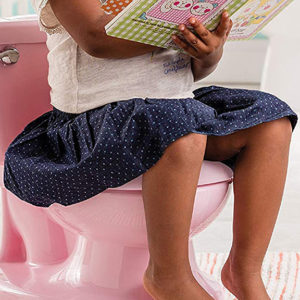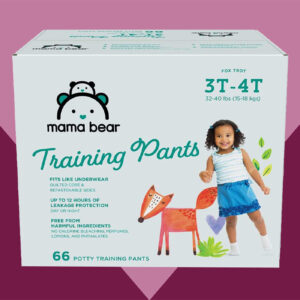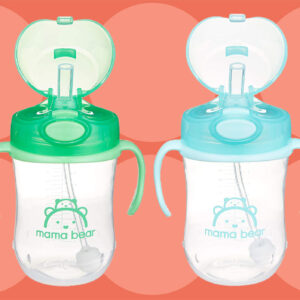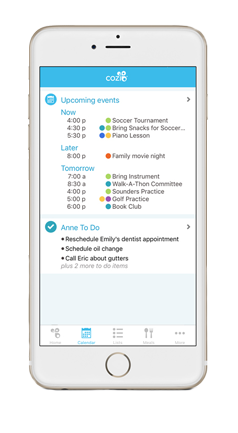
In the movie Honey, I Blew Up The Kid, a gigantic toddler escapes from his playpen and goes on a rampage that wrecks part of Las Vegas. What set the 2-year-old off? His father suggested a nap. Although this particular toddler may have been 50 feet tall, his behavior was far from unusual. As Robin Ross, a Montclair, NJ, mother of 3-year-old (three-foot-tall) twins, discovered, regular-size children can wreak almost as much havoc. “If the boys don’t want to nap, they practically dismantle their room in protest,” Ross says of her sons, Daniel and Adam. “They pull the sheets and blankets off, the shades down, and throw all their clothes out of the drawers.”
As a parent, it can be tough to keep up with your toddler’s developmental Indy 500, let alone figure out his evolving nap habits. One day your child is sleeping like, well, a baby through both a morning and afternoon siesta. The next, his eyes refuse to close at the expected time. Should you enforce a specific nap time? Won’t your child be a basket case without it? Is he just not sleepy today — or is he ready to give up napping forever? We have the information you need to help your child get the rest he needs.
Nancy Kalish writes often about child development issues.
Know Who Needs a Nap
Most children under 3 still need to nap, but for exactly how long varies from kid to kid — and sometimes changes from month to month, says Deborah Givan, M.D., director of the Children’s Sleep Disorders Center at Riley Children’s Hospital, in Indianapolis. “Some toddlers function fine with a short nap or none at all, while others fall apart without one.” And just when you think you have your child’s nap schedule down, it’s likely to change. “Toddlerhood — from around 18 months to 3 years or so — is when a child’s nap patterns start to shift,” says Dr. Givan, “and you have to be ready to shift along with them.”
Luckily, there are a few guiding ground rules. “At about 18 months, kids generally begin to consolidate their daily sleep time,” says Dr. Givan. “They may go from two 60-minute naps, for example, to one 90-minute nap. Then, between the ages of 3 and 4, they often stop napping altogether because they’re able to get all the sleep they need at night.”
This decrease in nap time can come as a rude awakening — literally — for parents who’ve gotten used to several blissful hours of child-free time every day. “But parents need to understand that there are only a certain number of hours their child is going to sleep every 24 hours,” says Joanne Cuthbertson, coauthor of Helping Your Child Sleep Through the Night. Most toddlers top off at about 12 hours total, and this usually goes down to around 11 hours between the ages of 3 and 5.
“Do the math,” says Cuthbertson. “If your toddler is already getting 12 hours of sleep at night, you can’t really expect her to take long naps too. In fact, if a child is made to nap more than she physically needs, that parent is going to pay with increased conflict at nap time and bedtime.”
On the other hand, many parents are tempted to skip their toddler’s regular snooze on days when it’s inconvenient. But, say experts, if your kid is a serious napper, it may be a mistake to mess with her internal sleep schedule. At around the same time each day, your toddler’s circadian rhythms cause her body temperature to dip, the internal signal that it’s time to nap. But the window of opportunity is small. “Unlike adults, toddlers won’t stay sleepy,” says Dr. Givan. “Instead, they may become almost hyperalert.”
When this happens, a child will often end up taking a much later nap, only to wake refreshed and ready to play at bedtime or not fall asleep at all. “I always knew when my daughter shouldn’t have skipped her nap, because bedtime was just horrible,” says Brooklyn mom Eliza Green of her daughter, Gretchen, now 3. “She was so wired that she was running in circles around the house. And I knew it was going to be a long night.”
See Why They Abhor What You’d Adore
The whole issue is made more confusing by your child’s unique view of daytime sleep. While it may be hard to imagine anything more delicious than being offered the opportunity for a cozy doze, your toddler doesn’t see it that way, whether he could actually use a nap or not.
One reason toddlers resist naps, whether with delays or tantrums, is that while they need their sleep, they also need to assert themselves. “Children this age are dealing with issues of autonomy and power,” says Karen Berberian, Ph.D., a child psychologist at St. Christopher’s Hospital for Children, in Philadelphia. “They’re trying to establish themselves as independent people. This often means doing the opposite of what Mommy and Daddy want him to do, including nap.”
Toddlerhood is also the time for exploring the world more busily than ever before. To your child, every day is filled with such exciting adventures that a nap can feel like a terrible deprivation. “Imagine if you were reading the most gripping book and someone ordered you to put it down and go to sleep,” says Berberian.
And just think how he may feel about being moved to a real bed — especially if it means giving up his beloved crib to a new baby brother or sister. This kind of shift can wreak havoc on both naps and nighttime sleep. “Like toilet training, making the transition to a big bed is best done when a child is really ready for it, not just because it’s convenient,” says Berberian. “If you can’t easily convince your kid that the big bed is a great privilege, give him back his crib and buy the new baby an inexpensive bassinet. Try again when he asks for a big bed — and he will.”
Don’t Help Too Much
Parents can unwittingly create additional sleep problems by doing too much to persuade their child to nap. Eva Solomon learned this the hard way. “When my daughter turned 3 she started napping only two or three times a week, but I didn’t want her to stop,” says the Allentown, PA, mother of Marissa, now 4, and Gabe, 2. “I’d waste hours driving her around in the car just trying to get her to nap. By the time she gave in or I gave up, the whole afternoon would be gone. It just wasn’t worth it.”
Some parents find themselves performing elaborate prenap rituals that can take almost as long as the nap itself. “It’s easy to get caught in this sort of trap,” says Cuthbertson. “You start by talking to your daughter’s favorite teddy bear about how much she’s going to enjoy her nap. That works so well that she asks you to talk to one more and you figure, why not? But by the end of the week, you find yourself having a tete-a-tete with every stuffed animal in the room.”
One mom admits she just gives up and gets into bed with her 2-year-old. “It’s the only way he’ll lie down long enough to fall asleep,” she says. “But it sure is uncomfortable. He wraps his little arms around my neck in a sort of headlock, and I don’t move a muscle for an hour for fear of waking him up.”
This sort of routine is a bad idea for many reasons — chronic neck strain is only one of them. “Even though your child may want you in bed with him, he’s not likely to sleep as well with you there,” says Dr. Givan. “You’ll both end up cranky instead of well-rested.”
More important, such measures can make future naps even more difficult. “By letting yourself become overinvolved in your toddler’s nap, you may actually be training him to be unable to fall asleep on his own, both during the day and at night,” says Cuthbertson. “But if you do it right, nap time can be a great opportunity to practice your child’s getting-to-sleep skills, so bedtime can go more smoothly as well.”
Court a Surrogate
“Many parents think their children are too fragile to fall asleep on their own — but that’s just not true,” says Cuthbertson. “Your kid wants to stay awake and he wants to stay with you, so of course he’s going to cry. And if he finds that it gets results, he’s going to cry some more. You have to be strong. Just like at bedtime, toddlers need to learn to soothe themselves into sleep — for everyone’s sake.”
How exactly does one accomplish this? “Start by encouraging your child to become attached to a security object that can stand in for you,” says Cuthbertson. A teddy bear is the traditional choice, but it’s certainly not the only one. For Eva Solomon’s 2-year-old son, Gabe, a package of cheese and crackers does the trick. “Gabe loves the snack so much he wants a package to sleep with both at nap time and at night,” says Solomon. “I guess it’s a little weird, but it works.”
Another effective toddler sleep aid: a regular prenap routine. Eliza Green puts Gretchen down for naps with a scaled-down version of their bedtime ritual. “Transitions were hard for her,” says Green. “But she knew that she was going to have a story and get her bottle, and that helped ease her into it.”
Whatever your routine, remember to keep it simple. “It may seem like a nice idea to sing your child her five favorite songs,” says Cuthbertson. “But don’t start unless you want to do it every day.”
But what if you’re already singing her five favorite songs, twice? “Don’t stop cold turkey,” advises Berberian. “Start by singing one fewer song each time. It will be easier for your toddler to tolerate if you gradually pare the routine down over a week or two.”
If your child objects to this downsizing, don’t give up. “If a child is verbal enough to complain, he’s verbal enough to understand an explanation for why things have to change,” says Berberian.
Whether this approach works depends more on your attitude than on exactly what you say. “If you’re self-confident and project to your child that this new policy is going to work, he’ll be more likely to accept it,” says Berberian.
Know When to Stop
How will you know for sure that your child’s napping days are numbered? “A toddler is ready to begin giving up naps when she remains consistently awake and alert at the usual sleep time,” says Dr. Givan. Another sign: Your child is still napping, but has started to stay up much later at night or get up much earlier in the morning.
Still, the transition to staying awake all day can take several months and require much patience. “One nap may be too many, but going without one at all may leave your child tired and cranky,” says Cuthbertson. Her solution: Skip the nap, but move up dinner and bedtime. In fact, many kids stick with the earlier tuck-in time, which can be an unexpected bonus for parents.
Another smart strategy: Change nap time to quiet time, and instead have him spend 45 minutes or so each afternoon playing or reading quietly. Now that Robin Ross’s twins seem to have given up their nap for good, she credits quiet time with saving her sanity, not to mention the work of reassembling their room every afternoon. “Whenever I’d put them down for a nap, I’d be so nervous about what they might be doing in there alone that I’d check on them constantly,” Ross says. “Now that we spend the time reading or coloring together, it’s actually more restful. I’m finally in tune with their sleep needs — and we’re all a lot happier.”
To help keep your toddler’s sleep schedule in check, try some of these great nap-time products.
Each product we feature has been independently selected and reviewed by our editorial team. If you make a purchase using the links included, we may earn commission.
